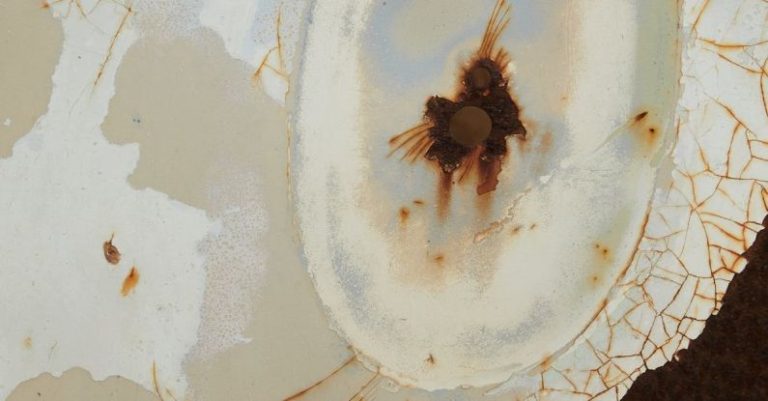Dynamic Facades with Shape Memory Composites
In the world of architecture, the concept of dynamic facades has been gaining traction in recent years. One particular technology that has been making waves in this field is the use of shape memory composites. These innovative materials have the ability to change shape in response to external stimuli, allowing for the creation of facades that can adapt to different environmental conditions. Let’s delve into the fascinating world of dynamic facades with shape memory composites.
The Evolution of Facades
Facades have long been an integral part of architectural design, serving as the interface between the interior and exterior of a building. Traditionally, facades were static elements that provided little flexibility in terms of their appearance or performance. However, with advancements in materials science and technology, architects and designers now have the opportunity to create facades that are not only visually striking but also responsive to their surroundings.
Shape Memory Composites: A Game-Changer in Facade Design
Shape memory composites are a type of smart material that have the ability to “remember” a specific shape and return to it when subjected to a certain stimulus, such as heat or light. This unique property makes them ideal for use in dynamic facades, where the ability to change shape or appearance is desired. By incorporating shape memory composites into facade design, architects can create buildings that are not only aesthetically pleasing but also functional and environmentally responsive.
Adaptive Facades: Responding to Environmental Conditions
One of the key benefits of using shape memory composites in facade design is the ability to create adaptive facades that respond to changes in the environment. For example, a building facade made from shape memory composites could adjust its shape or opacity based on the intensity of sunlight, helping to regulate temperature and reduce energy consumption. This ability to adapt to external conditions not only improves the comfort and efficiency of a building but also enhances its sustainability and resilience.
Dynamic Aesthetics: Transforming Building Exteriors
Beyond their practical applications, shape memory composites also offer exciting possibilities for transforming the aesthetics of building exteriors. By incorporating these materials into facade design, architects can create facades that change shape, color, or texture, giving buildings a dynamic and ever-changing appearance. This ability to alter the visual perception of a building opens up new opportunities for creative expression and innovation in architecture.
Integration with Smart Technologies: Enhancing Building Performance
In addition to their visual and functional benefits, shape memory composites can also be integrated with smart technologies to further enhance the performance of building facades. By connecting shape memory composites to sensors and actuators, facades can automatically adjust their properties in real-time, optimizing energy efficiency, daylighting, and thermal comfort. This seamless integration of materials and technologies allows for a more intelligent and responsive built environment.
The Future of Dynamic Facades
As the field of architecture continues to evolve, the use of shape memory composites in dynamic facades is poised to become increasingly prevalent. By harnessing the unique properties of these materials, architects and designers can create buildings that are not only visually striking but also adaptive, sustainable, and technologically advanced. The integration of shape memory composites with smart technologies opens up a world of possibilities for the design of dynamic facades that respond to the needs of both occupants and the environment. Exciting times lie ahead for the future of architecture, where buildings will not only be structures but living, breathing entities that adapt and evolve with the world around them.






